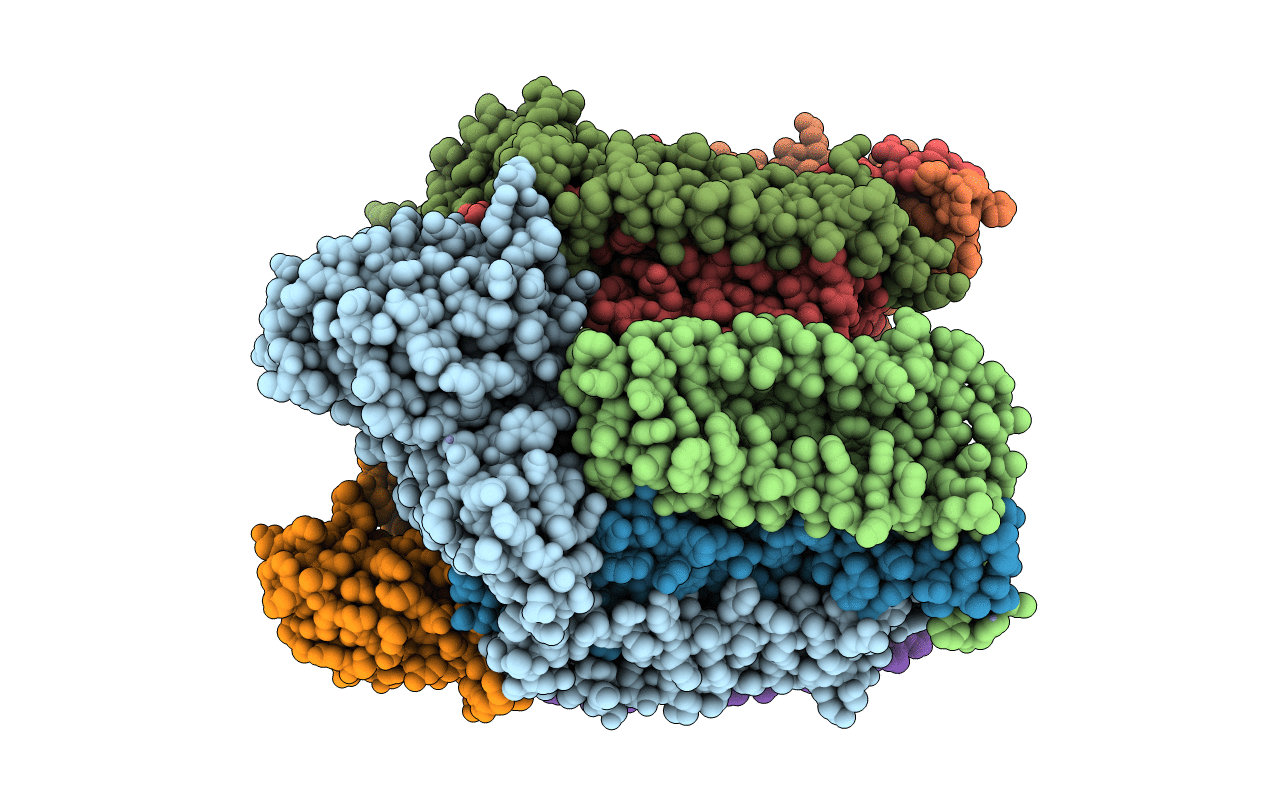
Deposition Date
2004-12-28
Release Date
2005-02-08
Last Version Date
2024-02-14
Entry Detail
PDB ID:
1YEW
Keywords:
Title:
Crystal structure of particulate methane monooxygenase
Biological Source:
Source Organism:
Methylococcus capsulatus (Taxon ID: 243233)
Methylococcus capsulatus (Taxon ID: 414)
Methylococcus capsulatus (Taxon ID: 414)
Host Organism:
Method Details:
Experimental Method:
Resolution:
2.80 Å
R-Value Free:
0.30
R-Value Work:
0.27
R-Value Observed:
0.27
Space Group:
P 42 21 2


